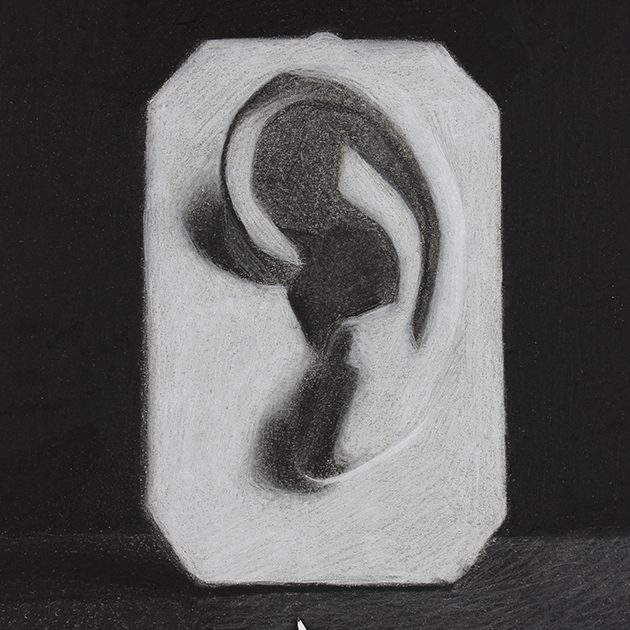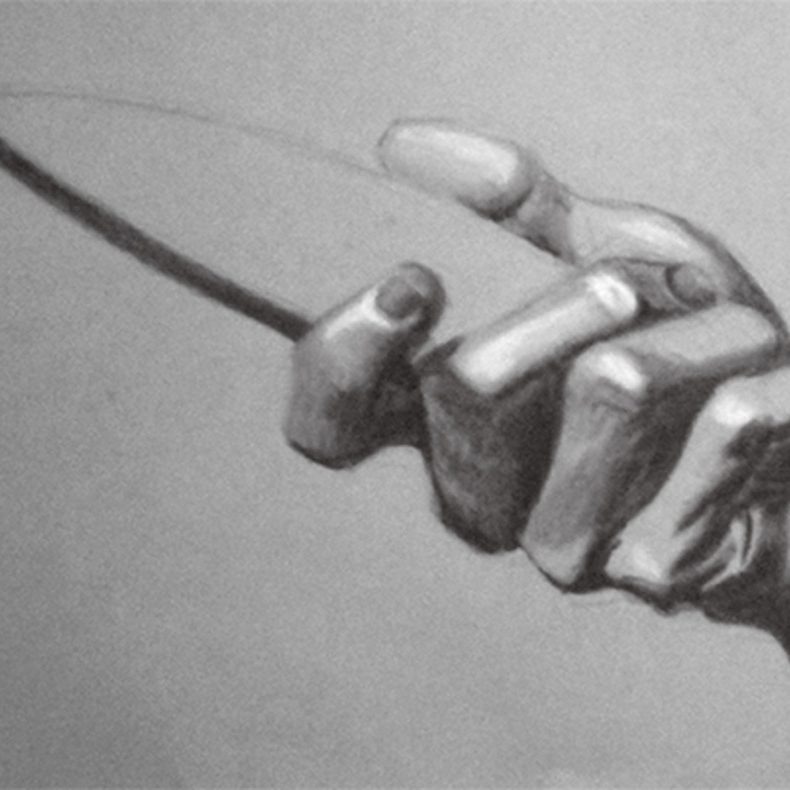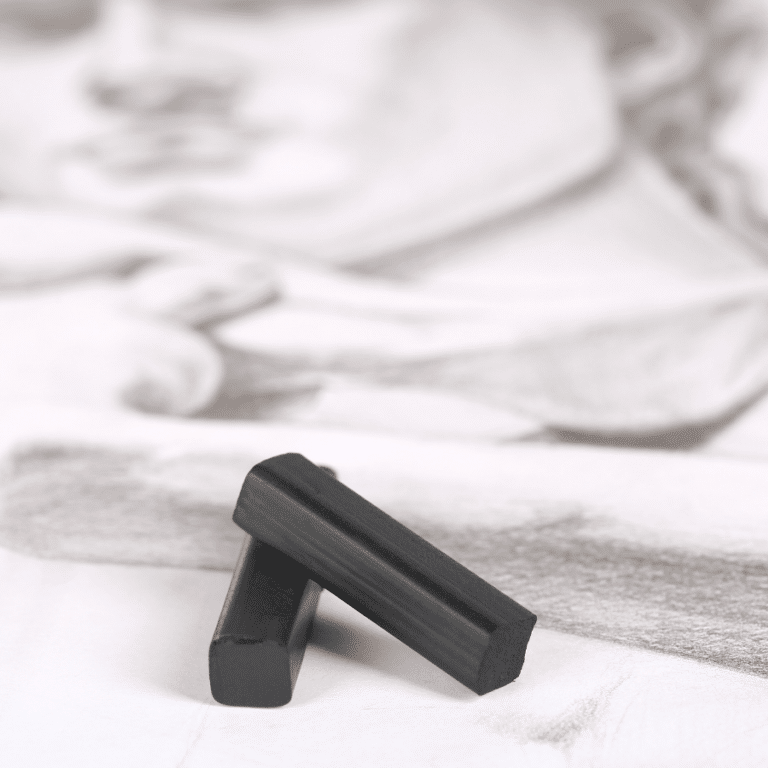Charcoal drawing is a captivating form of art that allows for expressive lines and rich textures. Whether you’re a beginner eager to explore drawing or an experienced artist refining your skills, having the right tools and materials can significantly enhance your experience. Understanding what you need will help you create beautiful charcoal artwork that showcases your creativity. This guide covers the essential tools and materials necessary for basic charcoal drawing.
Types of Charcoal
Compressed Charcoal
Compressed charcoal is a popular choice among artists due to its rich pigmentation and versatility. It comes in various hardness levels, allowing you to produce either bold strokes or finer lines depending on your desired effect. It’s ideal for creating deep blacks and can be easily blended or smudged for softer edges. Many artists also appreciate the convenience of compressed charcoal, which doesn’t break as easily as other forms. Whether you’re shading or outlining, compressed charcoal will likely become a staple in your drawing kit.
Vine Charcoal
Vine charcoal, made by burning sticks of willow or grapevine, offers a softer and more delicate application. It’s excellent for sketching out initial ideas because it’s easy to erase and manipulate. Artists often prefer vine charcoal for preliminary drawings due to its light tint, allowing for quick adjustments without damaging the paper. Its softer texture enables smoother shading and blending, essential for dimensional effects. Incorporating both compressed and vine charcoal into your drawing practice will provide you with an array of techniques to express your creativity.

Drawing Paper
Charcoal Paper
Choosing the right paper is crucial for any charcoal drawing. Specialized charcoal paper is designed specifically for this medium. It features a textured surface that allows charcoal to grip well, promoting improved blending and layering. This type of paper typically comes in various weights to accommodate different styles and techniques. Investing in quality charcoal paper will help you achieve the desired effects, making the most of your charcoal tools.
Sketch Pads
If you’re practicing or prefer a more portable option, consider a sketch pad specifically designed for charcoal. These pads often include a mix of textures and weights, giving you flexibility while on the go. They provide surfaces that can handle the smudging and rubbing inherent in charcoal drawing. Keep in mind to choose a sketch pad with a sturdy binding to handle the rigorous demands of charcoal techniques. Having multiple paper types available allows you to experiment, helping you discover what works best for your artistic style.
Blending Tools
Tortillons and Stumps
Blending tools are essential for achieving smooth transitions and soft edges in your charcoal drawings. Tortillons, tightly rolled paper blending stumps, allow you to blend and soften lines effectively. They are excellent for detailing and manipulating shading without smudging your fingers. Similarly, a blending stump can help create a smoother surface by applying pressure in a controlled manner. These tools are handy for creating nuanced shadows and textures, allowing your artistic vision to come to life.
Fingers and Soft Cloths
In addition to specialized blending tools, you can also use your fingers or soft cloths to create unique textures. Using your fingers gives a more organic feel to your blending, directly engaging you with the medium. Alternatively, a soft cloth can provide a different texture and application method. Experimenting with various blending techniques will help you find your preferred style and expand your creative toolkit.

Erasers
Kneaded Eraser
A kneaded eraser is an indispensable tool for any charcoal artist. Unlike traditional erasers, which can damage the paper, a kneaded eraser gently lifts charcoal without smudging or tearing. You can shape it into different forms, allowing detailed erasing or highlighting. This versatility makes it particularly useful for creating highlights or correcting mistakes during your drawing process.
Vinyl or Plastic Erasers
In addition to a kneaded eraser, having a vinyl or plastic eraser on hand can be beneficial for cleaning up larger areas. These types of erasers are firmer and can efficiently remove more significant charcoal buildup. They are particularly useful when you’re refining your drawing or need to achieve a cleaner look. Keeping both types of erasers at your disposal gives you the flexibility to adjust your work according to your vision.
Fixatives
Spray Fixatives
Once you’ve completed your charcoal drawing, using a spray fixative is essential for preserving your work. These sprays help prevent smudging and preserve the integrity of your drawing. Choose a high-quality fixative designed specifically for charcoal to ensure it does not alter the color or texture of your work. Applying fixative in a well-ventilated area or outdoors is best to avoid inhaling fumes.
Matte Finish Option
Select a matte finish option if you prefer a non-reflective surface. This type of fixative allows your artwork to maintain its original appearance without the glare that can occur with glossy finishes. Applying a final layer of fixative protects your artwork from dust and environmental factors, ensuring that you can display or store it without concern.
Additional Accessories
Sharpener for Charcoal Pencils
If you’re using charcoal pencils as part of your drawing arsenal, a sharpener is essential. A good quality sharpener will keep your pencils at a fine point, allowing for detailed work and precision in your drawings. Make sure to use a sharpener designed specifically for charcoal pencils to avoid damaging them.
Portfolio for Storage
Protecting your completed works is just as important as creating them. A portfolio allows you to store your charcoal drawings safely and keeps them free from dust and damage. Opt for a sturdy portfolio with acid-free sleeves to ensure your artworks remain in pristine condition. Having a dedicated space for your drawings not only helps keep things organized but also showcases your progress as you develop your skills.

Studio Setup
Comfortable Workspace
A well-organized workspace is crucial for facilitating creativity. Set up a comfortable drawing area where you can focus without distractions. Ensure adequate lighting, as good lighting helps minimize eye strain and enhances your ability to see details in your work. Whether you prefer natural light or a well-positioned lamp, proper illumination is key to your drawing success.
Inspirational Environment
Surrounding yourself with inspiring artwork or references can motivate your creative process. Create an atmosphere that stimulates your imagination, whether by displaying completed works or hanging sketches and reference images on the walls. Make your workspace inviting and conducive to artistic exploration, as this comfort can boost your productivity and creativity.
Practice and Experimentation
Importance of Practice
As with any art form, practice is fundamental to mastering charcoal drawing. Dedicate time to experiment with different techniques and styles, as this exploration will help you discover your unique voice as an artist. Regular practice fosters skill development, allowing you to become more adept at manipulating charcoal and creating the effects you desire. Set realistic goals for yourself, whether it’s completing a small sketch each day or tackling more complex compositions over time.
Embracing Mistakes
Don’t shy away from mistakes; they are an essential part of the learning process. Each misstep provides valuable lessons that can guide your future work. Instead of viewing errors as setbacks, consider them opportunities to grow and refine your skills. Experiment with various approaches, such as layering, shading, and even incorporating other materials, to expand your creative toolkit. Embracing experimentation cultivates confidence in your abilities and leads to unexpected breakthroughs that can elevate your art.
Conclusion
Exploring the world of charcoal drawing can be a rewarding experience. Investing in essential tools and materials sets a strong foundation for your artistic journey. From different types of charcoal and specialized paper to blending tools and storage solutions, each element plays a vital role in helping you create stunning artwork. Creating a comfortable setup allows you to immerse yourself in the basic charcoal drawing process, enhancing your creativity. Embrace your artistic journey with confidence, and enjoy the rich textures and expressive possibilities that charcoal drawing provides!